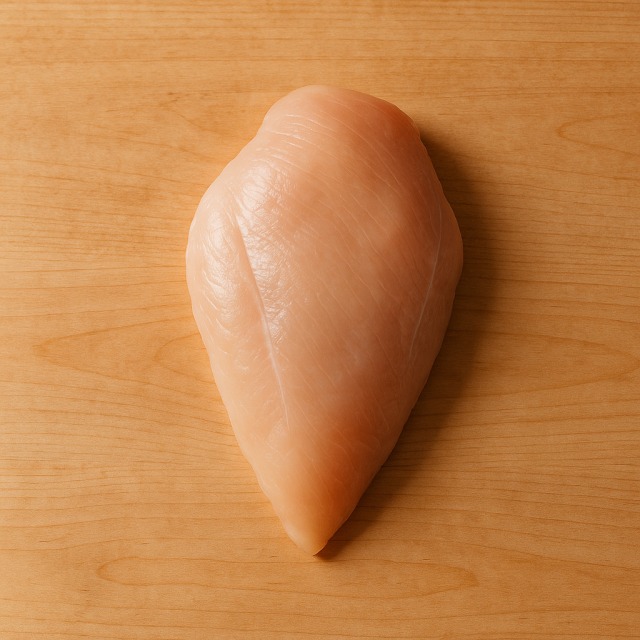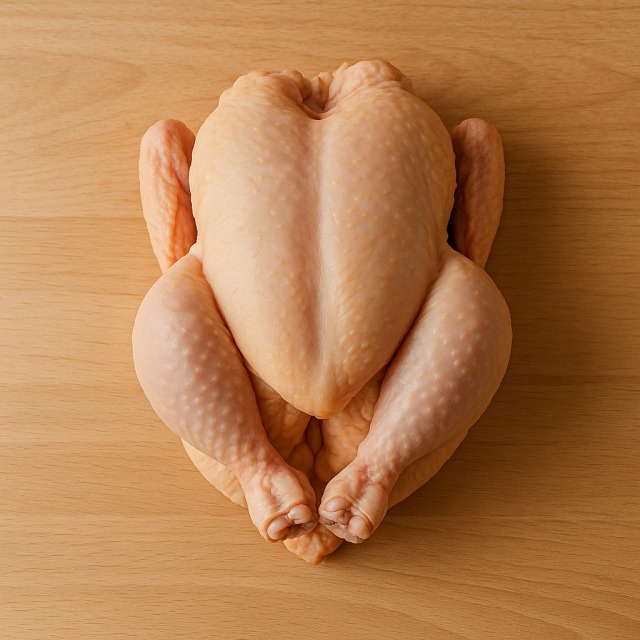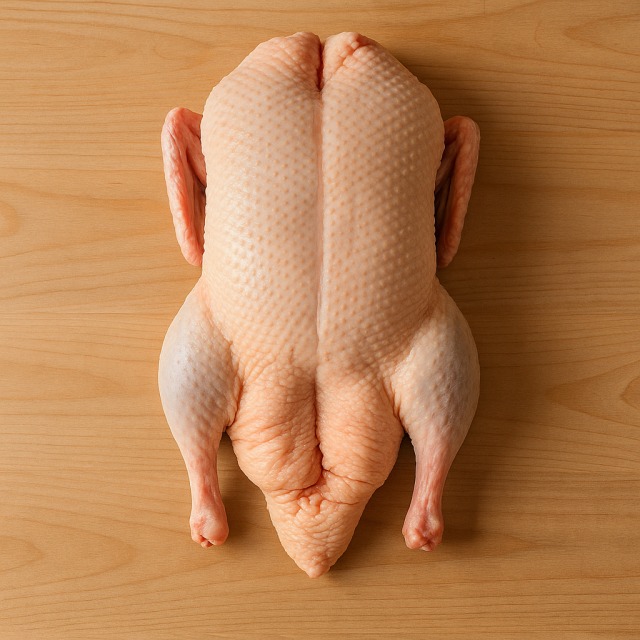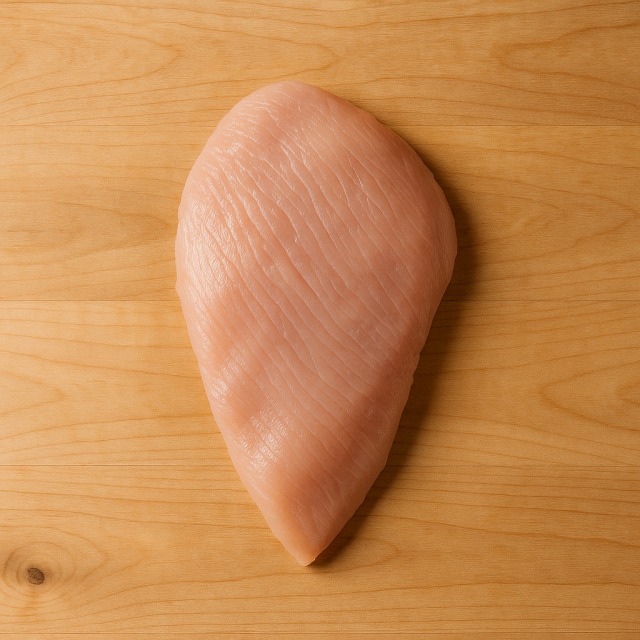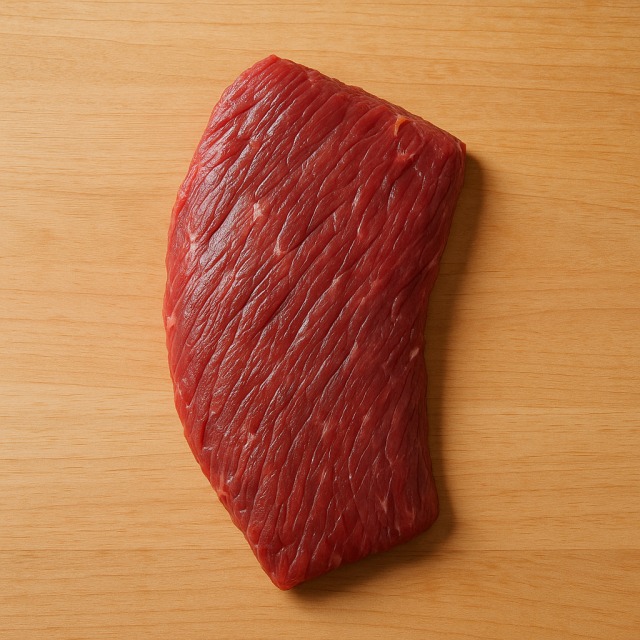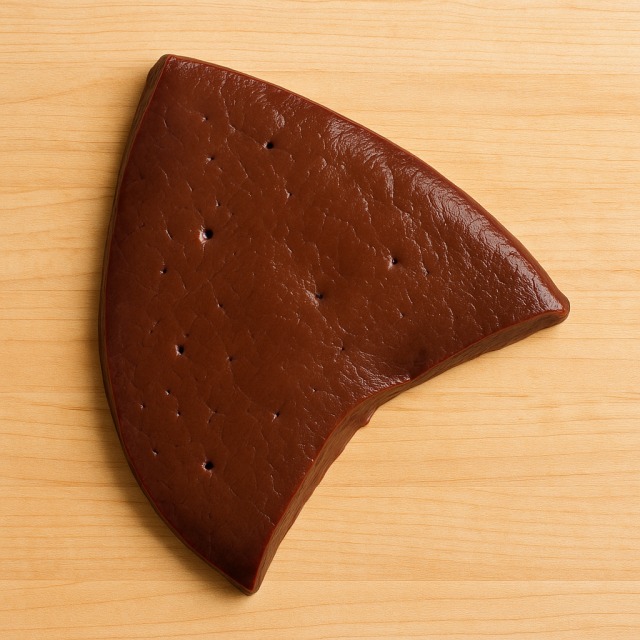Calorie Chart / Meat & Eggs / Duck breast
How Many Calories Are in Duck breast?
Calculation of the nutritional value & Recommended Dietary Intake of duck breast
For g and a calorie requirement of kcal
| Calories 510 kcal | Proteins 60 g | Lipids 30 g | Carbohydrates 0 g |
| 26% | 80% | 45% | 0% |
Health benefits of duck breast
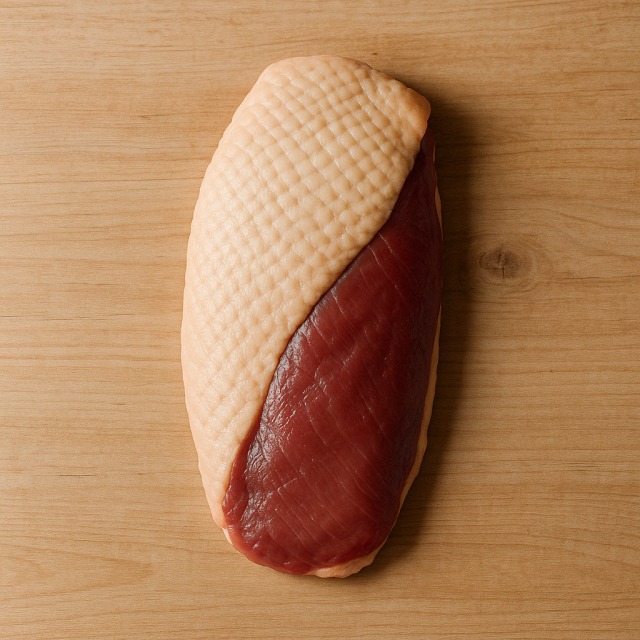
Duck breast - 100g
Calories 170 kcal
Proteins 20 g
Lipids 10 g
Carbohydrates 0 g
With around 170 kcal per 100 g, duck breast is considered a moderate-calorie meat: it delivers flavour without exploding your daily calories, which is useful when people search for "duck breast calories." While the calories are not negligible, they come with valuable nutrients.
Each portion provides nearly 20 g of high-quality proteins that contribute to muscle maintenance, particularly interesting if you monitor calories during a cutting or bulking phase. Its 10 g of lipids include a good share of monounsaturated fat (mainly oleic acid), the same heart-friendly fatty acid found in olive oil, so the calories are partly composed of "better" fats.
Duck breast also supplies B-group vitamins (B3, B6, B12) that help convert the calories you eat into usable energy, plus iron, zinc, and selenium for immune and red-blood-cell support. The heme iron improves absorption compared with plant sources, an advantage if your overall calories come from a mixed diet.
Historically, the term "magret" appeared in southwest France in the 1960s. The bird is traditionally raised for foie gras, and the leaner breast was seared separately to keep calories lower than confit while preserving an intense taste. Remember this anecdote when you need talking points beyond raw calories.
Tips for incorporating duck breast into a balanced diet
To keep duck breast calories under control, score the skin and render some fat in a cold pan before finishing in the oven. Pair it with steamed broccoli or roasted carrot instead of sugary glazes, so the final plate contains fewer calories and more fibre.
If you want a satisfying but reasonable-calorie meal, slice the meat over a salad of arugula, orange segments, and a spoon of vinaigrette. The citrus cuts through the fat and keeps calories lighter than cream-based sauces.
For athletes needing extra carbs yet watching calories, serve duck breast with half a cup of brown rice or nutty quinoa. Both offer complex carbs that fuel training without the blood-sugar spikes sometimes linked with empty calories.
Love sweet-and-savory? A quick red-fruit sauce made from crushed raspberry and a touch of balsamic adds tang without many additional calories—certainly less than traditional sugary reductions. Finish with a baked apple to satisfy dessert cravings while keeping overall calories in check.
Frequently Asked Questions
- How many calories are in duck breast?
- Duck breast provides about 170 kcal per 100 g.
- Is duck breast high in calories compared with chicken breast?
- Yes, duck breast has more calories than a skinless chicken breast, mainly because of its fattier skin, but it is still moderate compared with many red meats.
- Can I reduce the calories of duck breast by removing the skin?
- Absolutely. Removing the skin before or after cooking can save up to 40 % of the calories, as most fat (and therefore calories) is stored there.
- Are the calories in duck breast "good" or "bad" calories?
- The calories come from a mix of protein and mostly monounsaturated fat, which are considered nutrient-dense sources. When eaten in reasonable portions, these calories can be part of a balanced diet.
- How should athletes distribute their calories when including duck breast in a meal plan?
- Athletes can allocate about 300–400 calories to the protein portion (150–200 g of duck breast) and balance the rest of their meal with complex carbs and vegetables to meet total training-day calories.
Similar foods
Information provided by Calorie Menu may contain inaccuracies or errors. It cannot, under any circumstances, substitute medical advice or medication.
